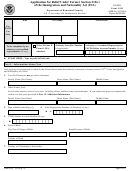Application For Relief Under Former Section 212(C) Of The Immigration And Nationality Act (Ina)
ADVERTISEMENT
Application for Relief Under Former
Section 212(c) of the Immigration and
Nationality Act (INA)
USCIS
Form I-191
Department of Homeland Security
OMB No. 1615-0016
Expires 09/30/2018
U.S. Citizenship and Immigration Services
What Is the Purpose of Form I-191?
You may be eligible to file Form I-191, Application for Relief Under Former Section 212(c) of the Immigration and
Nationality Act (INA), if you:
1. Were lawfully admitted for permanent residence; and
2. Are subject to removal from the United States because you were convicted before April 1, 1997, of a crime that makes
you inadmissible or deportable.
NOTE: This version of Form I-191 meets the requirement of 8 CFR 1212.3 to file the Form I-191 previously titled,
“Application for Advance Permission to Return to Unrelinquished Domicile”.
If you are in deportation, exclusion, or removal proceedings, you CANNOT file Form I-191 with USCIS. You must seek
relief under former INA section 212(c) before an immigration judge.
Congress repealed former INA section 212(c), effective April 1, 1997. However, the U.S. Supreme Court decided in 2001
that the repeal does not apply to lawful permanent residents (LPRs) who pled guilty to a crime before April 1, 1997 (INS
v. St. Cyr, 533 U.S. 289). In Matter of Abdelghany, 26 I&N Dec. 254 (BIA 2014), the Board of Immigration Appeals
stated that relief under former INA section 212(c) is also available to otherwise eligible LPRs, even if they were convicted
following a trial before April 1, 1997.
Therefore, you are eligible for relief under former INA section 212(c) if you pled guilty or were convicted in a trial before
April 1, 1997, provided you meet all other requirements.
Am I Eligible To File For Relief Under Former INA Section 212(c)?
You may apply for relief under former INA section 212(c) if you meet all of the requirements below:
1. Lawful Permanent Residence (LPR). You were lawfully admitted to the United States for permanent residence and
you continue to be an LPR.
Under 8 Code of Federal Regulation 1.2, your status as an LPR ends once the court issues a final administrative
exclusion, deportation, or removal order. If you became subject to a final administrative removal order before you
lived in the United States for seven consecutive years of unrelinquished domicile, you are no longer eligible for relief
under former INA section 212(c). A final administrative removal order includes an order granting voluntary departure.
If you do not leave before the end of the voluntary departure period, the order will become a final removal order.
Also, your becoming an LPR must have been fully lawful. If you obtained LPR status by fraud or material
misrepresentation, or if you were ineligible for LPR status for any other reason, you cannot obtain relief under former
INA section 212(c).
2. Lawful Unrelinquished Domicile for Seven Years. You must have had your “domicile” in the United States for at
least seven consecutive years immediately before you file Form I-191 in the United States.
The period that makes up the unrelinquished domicile for seven years started when you became either an LPR or
a lawful temporary resident under INA section 210 or 245A. Time that you spent in the United States in any other
status does not count.
USCIS acknowledges that “domicile” is a legal term that may be unfamiliar. This means that you must have had your
permanent home in the United States, and you must have intended to keep your permanent home in the United States.
Form I-191 Instructions 12/23/16 N
Page 1 of 11
ADVERTISEMENT
0 votes
Related Articles
Related forms
Related Categories
Parent category: Legal
 1
1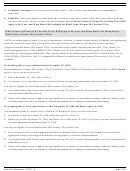 2
2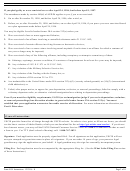 3
3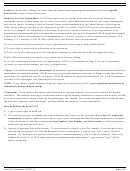 4
4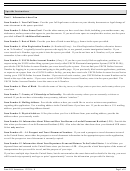 5
5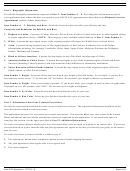 6
6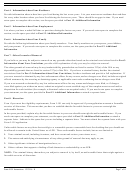 7
7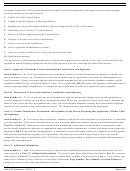 8
8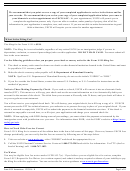 9
9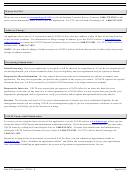 10
10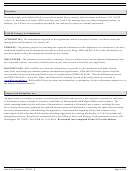 11
11